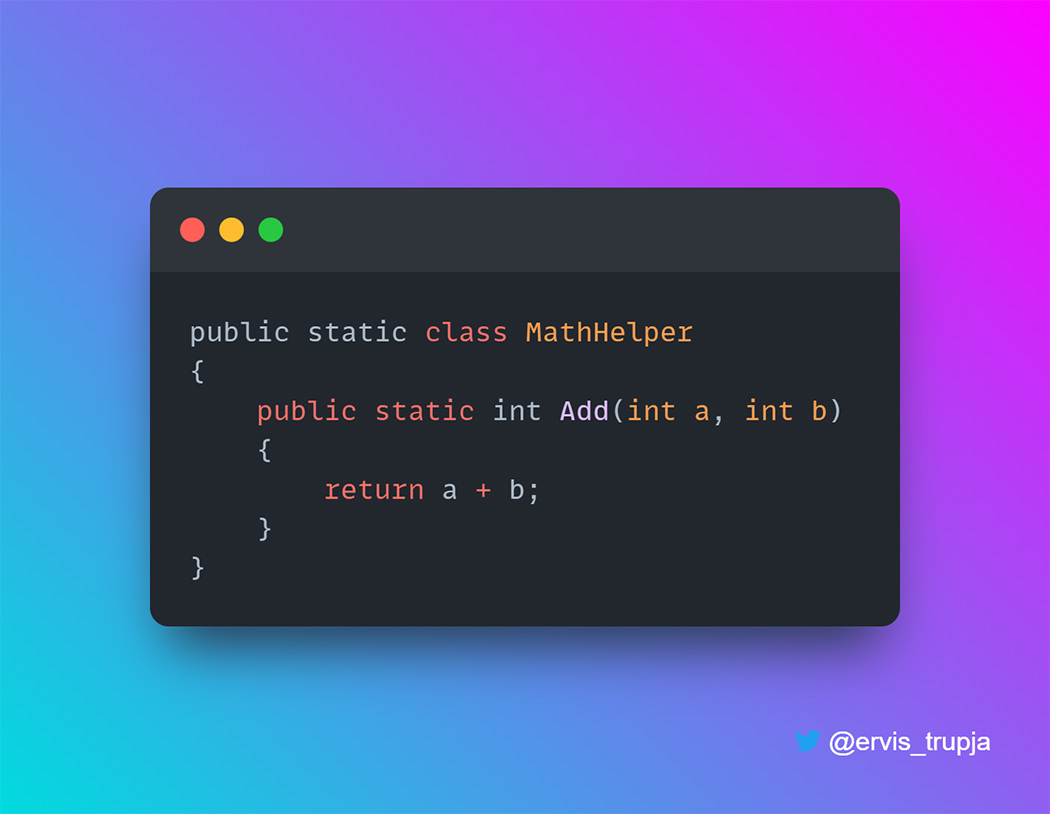Lists in C# are important data structures that allow developers to store, manage, and manipulate collections of items. They do provide a dynamic, resizeable, and strongly-typed alternative to arrays. But, […]
The Benefits of Using Generic Classes and Methods in C#
In C#, the term “generic” refers to a type that is not limited to a specific data type. A generic type is declared by including a type parameter, represented by […]
Understanding the Differences between Singleton, Scoped, and Transient Service Lifetime in .NET
To understand the difference between Singleton, Scoped, and Transient service lifetimes it is important to understand the life cycle of Dependency Injection. The life cycle of Dependency Injection (DI) refers […]
A Step-by-Step Guide to Configuring Entity Framework in Your .NET Web API Project
Entity Framework (EF) is an Object-Relational Mapping (ORM) framework that enables developers to interact with databases in a more efficient and convenient way, rather than having to write raw SQL […]
Static vs Non-Static Classes in C#: Understanding the Differences and Use Cases
In C#, a class is a blueprint for creating objects, providing initial values for member variables or properties, and implementations of member methods or functions. A class can have fields […]
Migrate from ASP.NET Core 5.0 to 6.0
This article explains to update an existing ASP.NET 5 project to ASP.NET 6. I am going to use a fully-functional .NET 5 MVC application to show how you can do it step by step.
Adding DbContext to .NET Core Web API
What is DBContext? DbContext or the Entity Framework Database Context file is the most important Entity Framework class because this class serves as the translator between the database tables and […]






